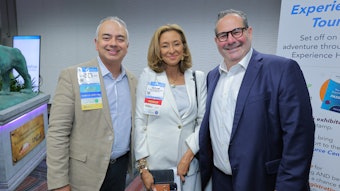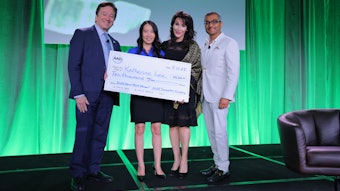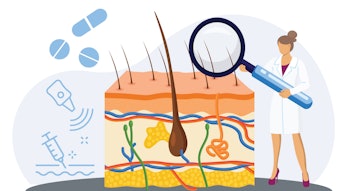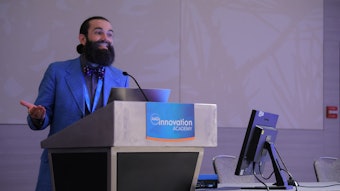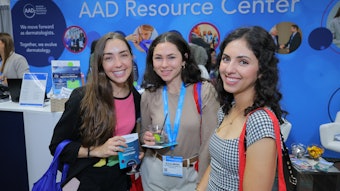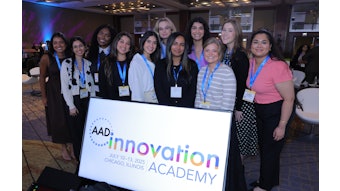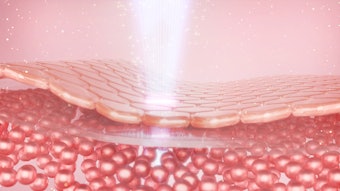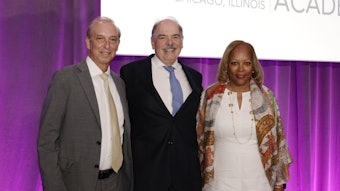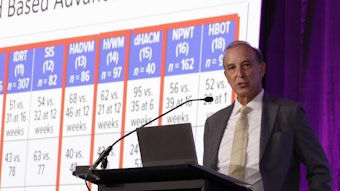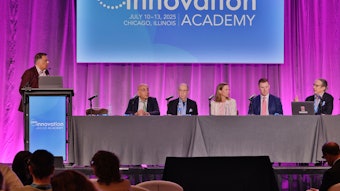Navigating the fast and furious track of aesthetic medicine
Leaders in cosmetic dermatology examine new and upcoming innovations through a lens of vigilant optimism.
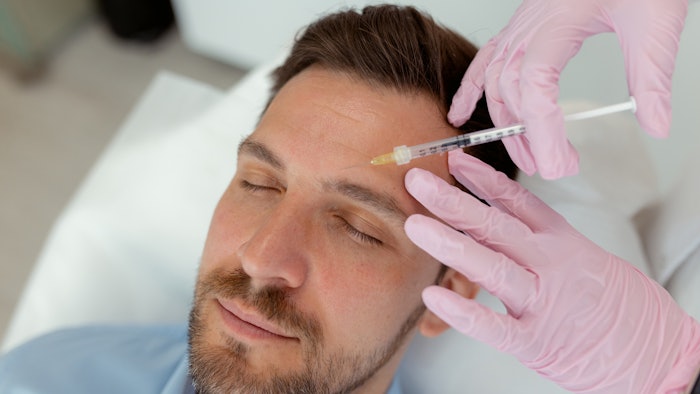
P025 – Cosmetic Dermatology Innovations: From Topicals to Injectables & Devices
9–11 a.m. | Sunday, July 13
Regency C
As the collection of novel treatments, tools, and techniques to use in cosmetic dermatology continues to expand, so too has interest in the specialized line of practice. Innovation Academy attendees will have the perfect opportunity to catch up on cutting-edge developments in P025 – Cosmetic Dermatology Innovations: From Topicals to Injectables & Devices.
Session director Seth L. Matarasso, MD, FAAD, crafted the course with a specific goal: “To educate dermatologic peers and colleagues on innovations, products, and technologies that are new and beneficial for our patients but have also been backed by scientific data and literature.”
 Seth L. Matarasso, MD, FAAD
Seth L. Matarasso, MD, FAAD
“We have spent our training and careers learning the science and discovering what is new and innovative so that we can substantiate what we do,” Dr. Matarasso said. “We are in a golden age of dermatology and aesthetic medicine, and we are so fortunate to have a whole tool chest of options and approaches to offer our patients that we know are safe and effective.”
Dr. Matarasso said the comprehensive session will uncover approaches that are hot off the press, perhaps even controversial to help drive conversation beyond the meeting. The selected speakers are diverse in gender, geography, and discipline to address all practices and patient populations.
One area of prominence over the past year has been regenerative medicine, said session presenter Saranya Wyles, MD, PhD, who is director of the Regenerative Dermatology and Skin Longevity Laboratory at the Mayo Clinic in Rochester, Minnesota. Dr. Wyles will review what’s happening at the intersection of longevity science and regenerative dermatology, such as advancements in biomarker-guided treatments to support healthy aging of the skin.
 Saranya Wyles, MD, PhD
Saranya Wyles, MD, PhD
For example, Dr. Wyles said topical peptides and topical exosomes have developed into noninvasive alternatives to enhance superficial skin rejuvenation on intact skin. Researchers are evaluating non-crosslinked hyaluronic acid as a safe and effective application to boost skin appearance. There is also a new indication for hyperdiluted biostimulants to treat crepey skin, and some injectables have expanded their use to off-face areas, she said.
“There’s a growing emphasis on restoring skin health at the cellular level, not just masking aging,” Dr. Wyles said. “Clinicians are adopting treatments that harness the skin’s innate ability to regenerate, such as biostimulatory injectables, energy-based devices, and topicals that influence cellular signaling. Patients are also seeking proactive interventions that delay or slow aging rather than simply reacting to its signs.”
Carolyn Jacob, MD, FAAD, founder and director of Chicago Cosmetic Surgery and Dermatology and clinical assistant professor of dermatology at Northwestern Feinberg School of Medicine, will showcase novel technology to treat cell senescence. BioBlend is an in-office, topical serum dermatologists can apply to help patients with goals of rejuvenation, skin brightening, and/or hair growth. Dr. Jacob said there’s a take-home version called INVO Rejuvenating Complex that can increase production of collagen and elastic tissue.
 Carolyn Jacob, MD, FAAD
Carolyn Jacob, MD, FAAD
Dr. Jacob said she is excited to share the innovations, and she hopes physicians practicing this line of work will join the session to expand their knowledge base.
“Knowledge is power. The more you know, the safer you can make treatments for your patients,” she said. “You should always work under the guidance of evidence-based medicine and practices when providing cosmetic care.”
Additional session topics and speakers are laser technology by Murad Alam, MD, FAAD, and neuromodulators differences by Rohit Kakar, MD, FAAD. The speaker panel will conclude with a chance for attendees to ask questions, provide feedback, or address concerns, such as the role of the metaverse in cosmetic dermatology consultation, education, and management.
